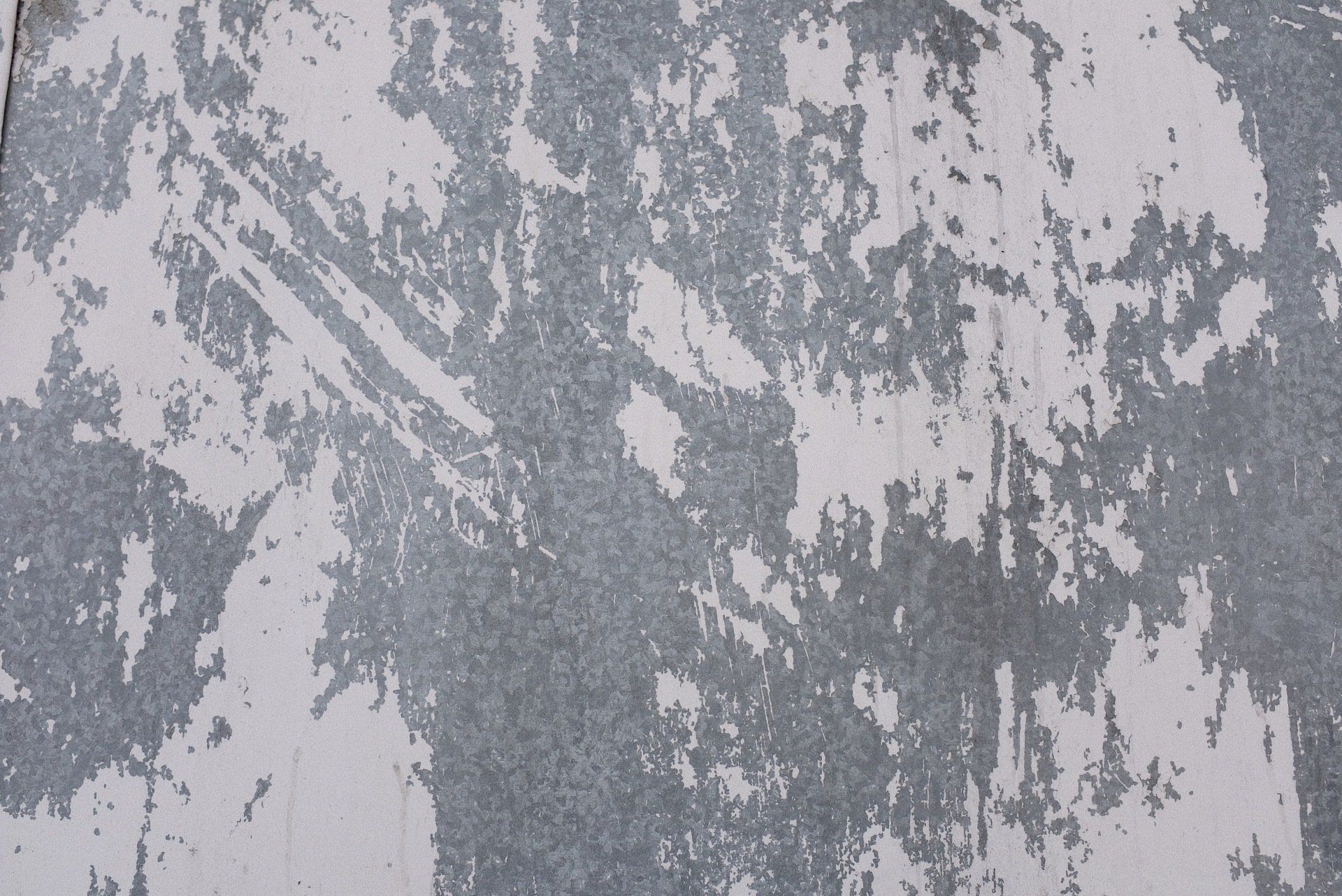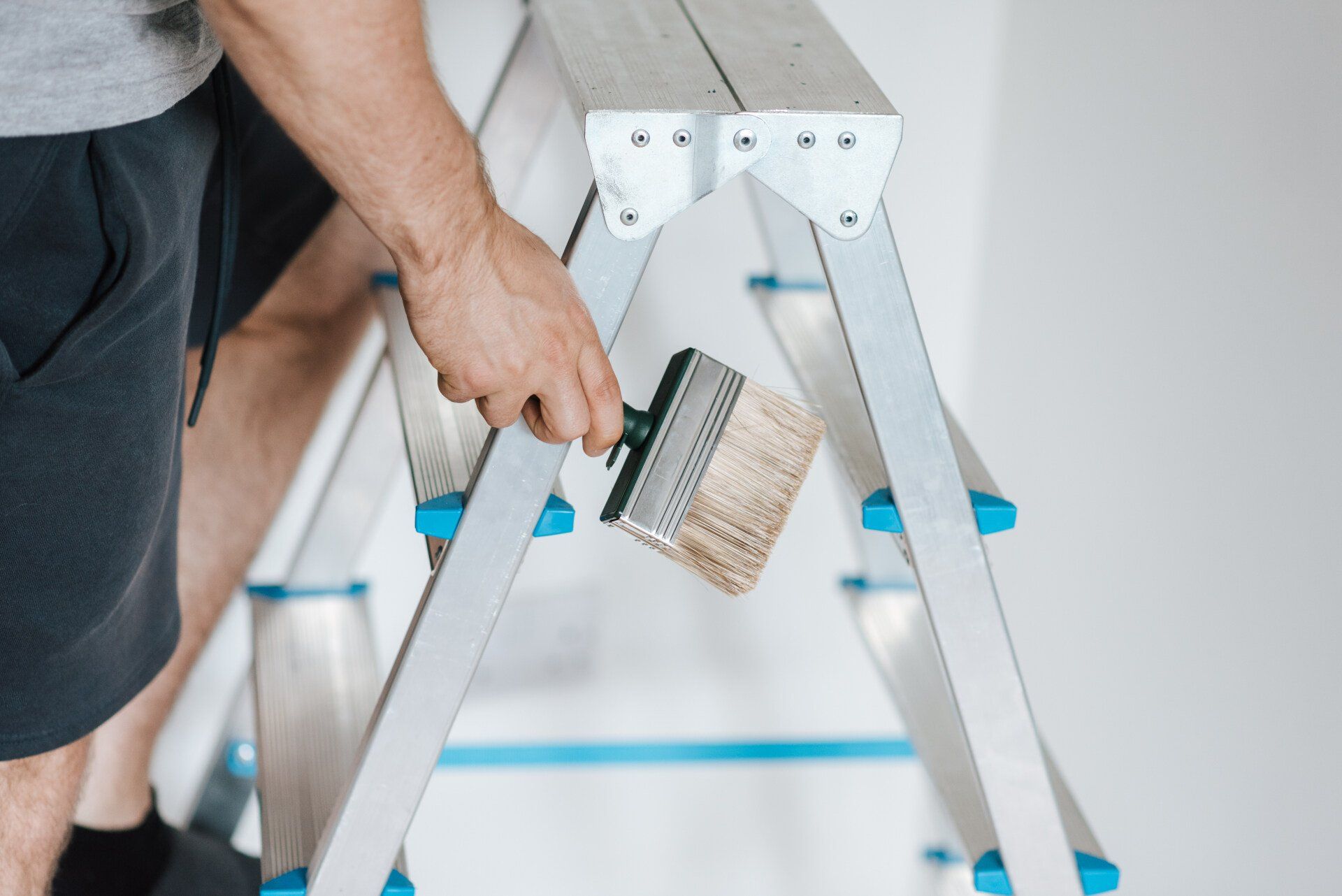Your Trusted and Reliable Painting Service in Grande Prairie, AB
Your Trusted and Reliable Painting Service in Grande Prairie, AB
Do you want spray paint to be perfect? These are the mistakes you should avoid.
Do you want spray paint to be perfect? These are the mistakes you should avoid.
It doesn't matter if you are nervous about taking on a spray-paint job. Sometimes a small, DIY spray-painting task can seem like a difficult assignment—especially if you haven't had much spray-painting experience. Spray-painting cans and spray guns are both options. You need to do it correctly. Below are the most common spray-painting errors that you should avoid to get great results.
The Colors Are not Matched
Repainting is a job that requires matching the previous color. If the paint colors are mismatched, it can make your newly painted area look messy and unfinished. You can avoid this by knowing the name of the paint manufacturer and the color before you purchase your spray paint. You might have to create a custom match if you don't have the information or can't find a match with your old paint color. Many hardware and paint stores can mix any color you wish. There are many online companies that can match exact colors or create lighter or darker shades within the same family. It may take some time to match colors, but the results will be worth it.
You Ignore the Directions
Most people have attempted this at least once. We rush to do the job without reading the instructions. This may have worked for you in the past. However, spray painting without reading the directions can result in streaks, runs, and unwanted residue. It is possible to damage the item or area that you're trying to paint. Avoid disaster by always following instructions on how to prep, use compatible materials, dry time, and other factors that will help you achieve the best results.
Not Preparing the Surface
Properly preparing the surface for painting is as important as matching the color. You must prepare the surface for spray painting, such as kitchen cabinets. Use a paint scraper, coarse sandpaper, or a chemical remover to get rid of any stains or paint. For a smooth finish, use fine-grit and medium-grit sandpaper. Preparing the surface for spray paint is easy if you use it to paint plastic. It will make your paint look professional.


Let us Contact you!
Painters Grande Prairie Quote
We will get back to you as soon as possible.
Please try again later.


